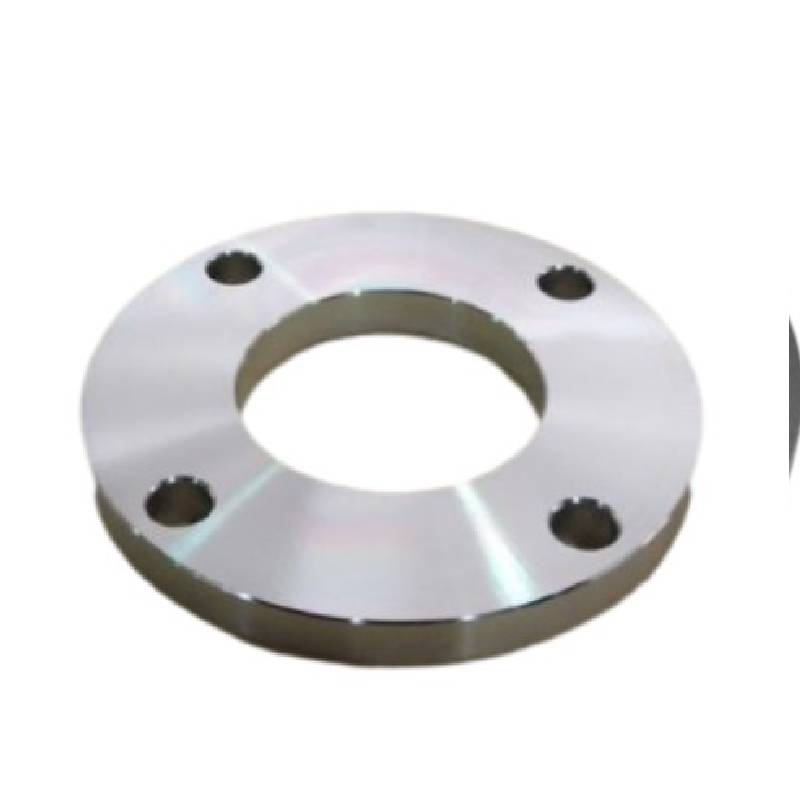-
Cangzhou Yulong Steel Co., Ltd.
-
Phone:
+86 13303177267 -
Email:
admin@ylsteelfittings.com
- English
- Arabic
- Italian
- Spanish
- Portuguese
- German
- kazakh
- Persian
- Greek
- French
- Russian
- Polish
- Thai
- Indonesian
- Vietnamese
- Zulu
- Korean
- Uzbek
- Hindi
- Serbian
- Malay
- Ukrainian
- Gujarati
- Haitian Creole
- hausa
- hawaiian
- Hebrew
- Miao
- Hungarian
- Icelandic
- igbo
- irish
- Japanese
- Javanese
- Kannada
- Khmer
- Rwandese
- Afrikaans
- Albanian
- Amharic
- Armenian
- Azerbaijani
- Basque
- Belarusian
- Bengali
- Bosnian
- Bulgarian
- Catalan
- Cebuano
- China
- China (Taiwan)
- Corsican
- Croatian
- Czech
- Danish
- Esperanto
- Estonian
- Finnish
- Frisian
- Galician
- Georgian
- Kurdish
- Kyrgyz
- Lao
- Latin
- Latvian
- Lithuanian
- Luxembourgish
- Macedonian
- Malgashi
- Malayalam
- Maltese
- Maori
- Marathi
- Mongolian
- Myanmar
- Nepali
- Norwegian
- Norwegian
- Occitan
- Pashto
- Dutch
- Punjabi
- Romanian
- Samoan
- Scottish Gaelic
- Sesotho
- Shona
- Sindhi
- Sinhala
- Slovak
- Slovenian
- Somali
- Sundanese
- Swahili
- Swedish
- Tagalog
- Tajik
- Tamil
- Tatar
- Telugu
- Turkish
- Turkmen
- Urdu
- Uighur
- Welsh
- Bantu
- Yiddish
- Yoruba

Sep . 29, 2024 04:14 Back to list
Choosing the Right Pipe Clamps for Your Plumbing and DIY Projects
Understanding Pipe Clamps Essential Tools for Plumbing and Structural Support
Pipe clamps are an essential component in various industries, particularly plumbing, construction, and manufacturing. These versatile components provide stability and support for pipes, ensuring that they remain secure in their designated locations. Understanding the purpose, types, materials, and applications of pipe clamps can enhance their effectiveness in diverse settings.
What are Pipe Clamps?
Pipe clamps are devices used to hold and secure pipes in place, preventing movement or vibration that may lead to damage or leaks. They are crucial in a variety of applications, ranging from residential plumbing systems to industrial piping in factories. By anchoring pipes to walls, ceilings, or other surfaces, these clamps prevent unwanted shifting that can compromise the integrity of a pipeline.
Types of Pipe Clamps
There are several types of pipe clamps, each designed to meet specific needs. Some of the most common varieties include
1. U-Clamps These are perhaps the simplest type of pipe clamps, shaped like the letter U. They are typically used for securing pipes to walls or beams and are favored for their ease of installation.
2. Hangers Pipe hangers support vertical runs of piping, providing essential structural support. They can come in various forms, including adjustable and fixed mounts.
3. Bracket Clamps These clamps feature a bracket that allows for attachment at various angles and positions, making them highly versatile for different installation scenarios.
4. Insulated Clamps These are specially designed to reduce noise and vibration while preventing heat loss from hot pipes. Insulated clamps are particularly useful in HVAC applications where temperature control is critical.
5. V-Clamps Used often in food and beverage industries, V-clamps provide a secure connection for stainless steel pipes, ensuring a sanitary seal that prevents leaks.
Materials Used in Pipe Clamps
pipe clamps

The materials used to manufacture pipe clamps are crucial as they determine the clamp's durability and suitability for specific applications. Common materials include
- Steel Galvanized or stainless steel clamps offer strength and corrosion resistance, making them ideal for outdoor or industrial environments.
- Plastic Plastic clamps are lightweight and resistant to corrosion. They are often used in residential plumbing systems where exposure to moisture and chemicals is minimal.
- Rubber Rubber-lined clamps provide additional cushioning and vibration dampening, which is crucial in applications where noise reduction is a priority.
Applications of Pipe Clamps
The applications for pipe clamps are extensive and varied. In plumbing, they are used to secure water supply lines, drainage pipes, and venting systems. In HVAC systems, pipe clamps support ductwork and refrigerant lines, helping to maintain the system's efficiency. Additionally, in construction, pipe clamps are utilized to hold larger pipes that carry gases, liquids, or other materials, providing necessary structural integrity to residential and commercial buildings.
Importance of Proper Selection and Installation
Choosing the right type and size of pipe clamp is essential to ensure its effectiveness. Factors to consider include the diameter of the pipe, the material of both the pipe and clamp, and the environment in which they will be used. For instance, a galvanized steel clamp might be ideal for a metal pipe exposed to outdoor elements, while a rubber-lined plastic clamp could be more suitable for indoor applications.
Installation also plays a critical role in the performance of pipe clamps. If not installed correctly, clamps can loosen over time, risking pipe displacement and leaks. Therefore, following the manufacturer’s instructions for installation and regularly inspecting clamps for signs of wear and tear can help maintain the integrity of the piping system.
Conclusion
In conclusion, pipe clamps are vital hardware components that ensure the stability and safety of piping systems across various industries. Understanding the different types available, the materials used, and their specific applications can help in selecting the right clamp for any project. By properly installing and maintaining these clamps, professionals and DIY enthusiasts alike can secure their pipes effectively, thus avoiding costly repairs and ensuring the longevity of their plumbing and piping systems.
Latest news
-
ANSI 150P SS304 SO FLANGE
NewsFeb.14,2025
-
ASTM A333GR6 STEEL PIPE
NewsJan.20,2025
-
ANSI B16.5 WELDING NECK FLANGE
NewsJan.15,2026
-
ANSI B16.5 SLIP-ON FLANGE
NewsApr.19,2024
-
SABS 1123 FLANGE
NewsJan.15,2025
-
DIN86044 PLATE FLANGE
NewsApr.19,2024
-
DIN2527 BLIND FLANGE
NewsApr.12,2024
-
JIS B2311 Butt-Welding Fittings LR/SR 45°/90° /180°Seamless/Weld
NewsApr.23,2024











